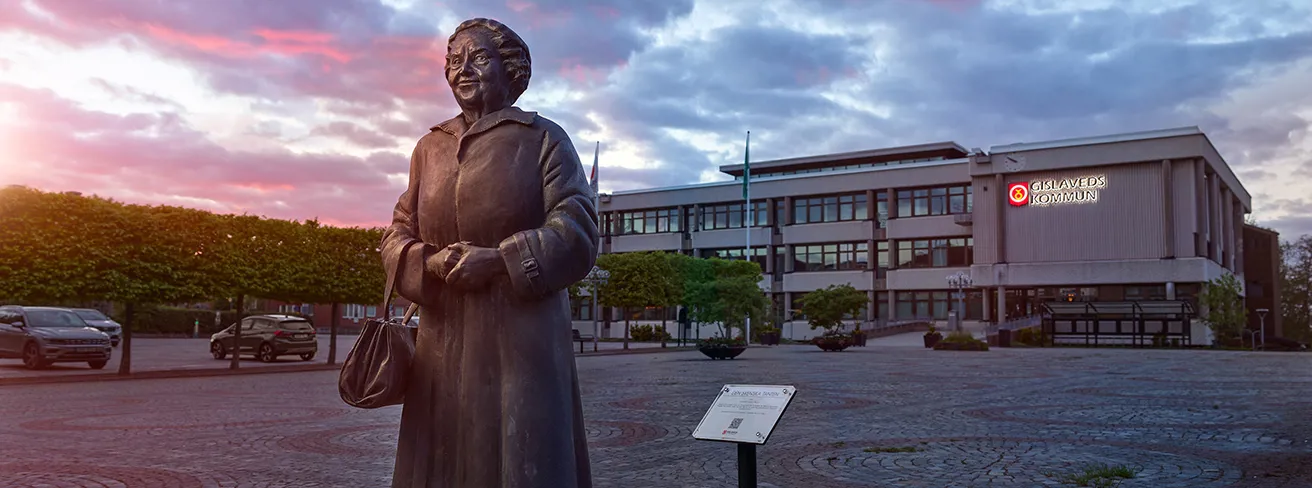
Our history
Why were the Inns important?
The major river Nissan runs right through Gislaved district. A road known as the Nissa trail winds along the Nissa Valley winds, which has been used by hikers and riders since ancient times. The proximity to these waterways and the strategic location it held, has meant that the region has old traditions of trade and visitors from outside. When they were in need of food and rest, they stopped at one of the region's many inns. The symbol on Gislaved district’s coat of arms is the old map sign for inns.
The first inns were established as early as the 1500s. In Gislaved, there were ten inns along the two major roads in the 19th century. The inns were important for contact with the outside world, and they were often a cultural factor. Here you could hear news, unusual dialects and languages and see the latest clothing fashions. It was also not uncommon for the inn to serve as a courthouse or as a mustering point for soldiers. Some of the old inn buildings still exist today as private residences. The buildings in Öreryd, Kappeled, Skeppshult and Ölmestad, among others, have been preserved, although not in their original condition.
Older history
The southeastern part of the district, near Lake Bolmen and the village of Reftele, is particularly rich in ancient remains. Further back in history, this region was referred to as Finnveden Folkland and today the place is classified as of national interest for heritage conservation. This is a rich cultural-historical region with ancient remains from the Stone, Bronze and Iron Ages to well-preserved older buildings of villages, farms and churches. Among other things you can, visit Brödrahalla courthouse, outside Reftele, which is over 700 years old and the rune stone with the same name . The centre of Reftele is also home to the old execution site, which still bears the name Galgbacken (Gallows hill). There are a number of horrific stories and fates associated with the location. If you want to see a fine example of ancient stone circles, a visit to the stone circles at Villstad local heritage centre in Smålandsstenar is a must. The stone circles are one of Småland's most famous ancient monuments and have given their name to the town Smålandsstenar.
From the 18th century onwards
In recent centuries, a number of industrial communities emerged in Gislaved district. Iron production at Taberg in Jönköping County, which began in the 1400s, was developed and refined, and laid the foundation for great craftsmanship. When the industrial revolution occurred and the railway was built, development accelerated. The district went from being a poor part of Småland to becoming a prosperous area. Gislaved's good communications, combined with the ingenuity of the people of Småland, made the district a highly industrialised, though sparsely populated area. Well-known products manufactured here today are, for example, Skeppshult pans, Hestra gloves, Skeppshult bikes and staplers.